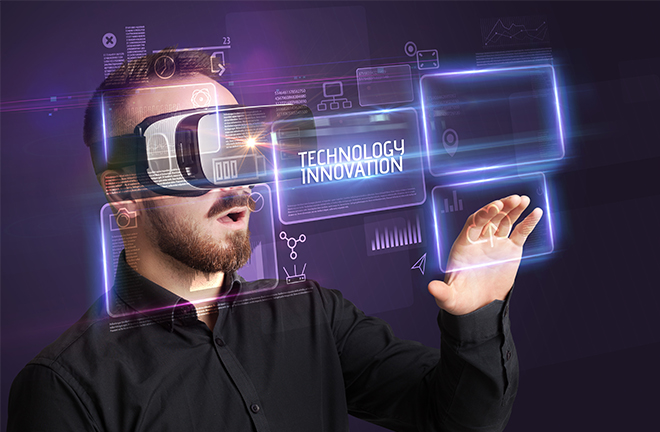Technological development from a relational perspective

Technology innovation Photo: ra2 studio/TUCHONG
Today, technology has become an important driving force for economic growth, modernization of national governance systems, and cultural change. Implicit in this narrative is the presupposition that technology advances along a linear upward path. However, is “progress” the sole trajectory of technological development? The authors attempt to treat this question from a relational perspective.
In this article, “relation” is understood as the interactive process between technology and related actors, which include human actors and non-human actors. The relational perspective draws upon the scholarship of STS (Science, Technology, and Society) and rejects the simplistic view of linear development. In a relational framework, there is no predetermined direction of technology but only dynamic exchanges and negotiations. While mature technology is not necessarily the most “advanced,” it must be compatible with the social structures within a particular spatiotemporal context.
The innovative history of printing offers valuable insights into the course of technological development. First, technology originates in relations, and it is impossible to identify “the first” inventor from a relational perspective. The emergence of a “new” technology is intricately linked to pre-existing forms, perpetually evolving from earlier iterations. For example, stone carving and other techniques paved the way for the advent of printing. Externally, technology develops amid cultural exchange and integration, which can be considered a process of external iteration.
Second, whether a particular technology is deemed “advanced” depends on the environment in which it is embedded. If a technology fails to adapt to the environment, actors will “improve” it through “retrogression,” which calls for a re-examination of the notion of “advanced.” Movable type, which is an advanced form of woodblock printing, was not immediately popularized in its birthplace, China, because it was considered uneconomic or inefficient by the ancient Chinese for some time. From an external standpoint, whether a technology is “advanced” can be determined in relation to social development. Within a particular historical context, however, it can be difficult to form a judgment.
Third, the dissemination of technology is a process of exchange and negotiation rather than linear movement. While the spread of Chinese movable type to Europe suffered a number of setbacks, the technology was welcomed in Japan where more “advanced” European movable type was not popular. Europeans, who used alphabetic writing systems, invented the printing press soon after movable type was introduced and thus considerably improved efficiency. The dissemination of technology is a dynamic and fluid process wherein various relations move, and it is crucial to adapt to the current trends and capitalize on favorable conditions.
Overall, a relational perspective of technological development consists of two dimensions: relations inherent in technology and relations external to technology. The former refers to the conversion and updating of various forms of technology. The evolution of printing technology progressed from stone carving and lithography to woodblock printing, and then to movable type; from the use of clay, wood, and copper movable type to the use of lead movable type. Each development was a product of combining existing elements, leveraging method and material innovations by craftsmen, as well as integrating new ideas provided by society.
Relations external to technology include static relations and dynamic relations within social structures. In terms of static relations, different patterns emerged in the relations between movable type and China, Korea, and Europe. Each pattern featured pivotal elements, such as state patronage or cultural enlightenment, and utility was improved when key elements were compatible with each other. However, the development and dissemination of technology could have been disrupted in the absence of necessary social conditions. The processes of connection, adjustment, and adaptation, accomplished through negotiation, constitute dynamic relations.
A relational perspective serves to associate the inherent properties of technology with external forces, potentially expanding research horizons and facilitating the implementation of technology. In ancient China, barriers existed between scholar-officials and craftsmen, leading to a lack of interaction between endogenous and exogenous factors in technological development. In Europe, by contrast, movable type printing was widely adopted during the Renaissance, a period when scholars collaborated frequently with craftsmen.
In the future, more efforts should be invested into breaking down barriers and facilitating effective exchange and cooperation among researchers and the developers, inventors, rule makers, users, and promoters of technology. As technology continues to advance rapidly, how can we foster a relational environment that is conducive to technological development and leverage it to improve human well-being? It is increasingly challenging to identify the path forward. From the relational perspective, pursuing “technological progress” in a moderate fashion contributes to “tech for good.” We should strive for good technology governance to ensure that the technology dividend is shared by all members of society.
Liu Xiuxiu is an associate research fellow at Beijing Municipal Party Committee School (Beijing Administration Institute). Song Chenting is an associate professor of the Faculty of Humanities and Social Sciences at Beijing University of Technology.
Edited by WANG YOURAN
